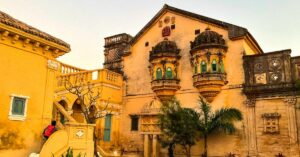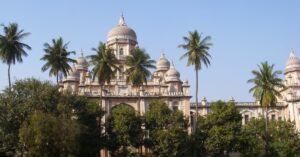Experience Medieval Bathing Rituals at This Ancient Hammam, Bhopal’s 300-Year-Old Turkish Bath
Steeped in history, this 300-year-old hammam in Bhopal is where you should go if you want to sweat away your troubles and experience a slice of history.
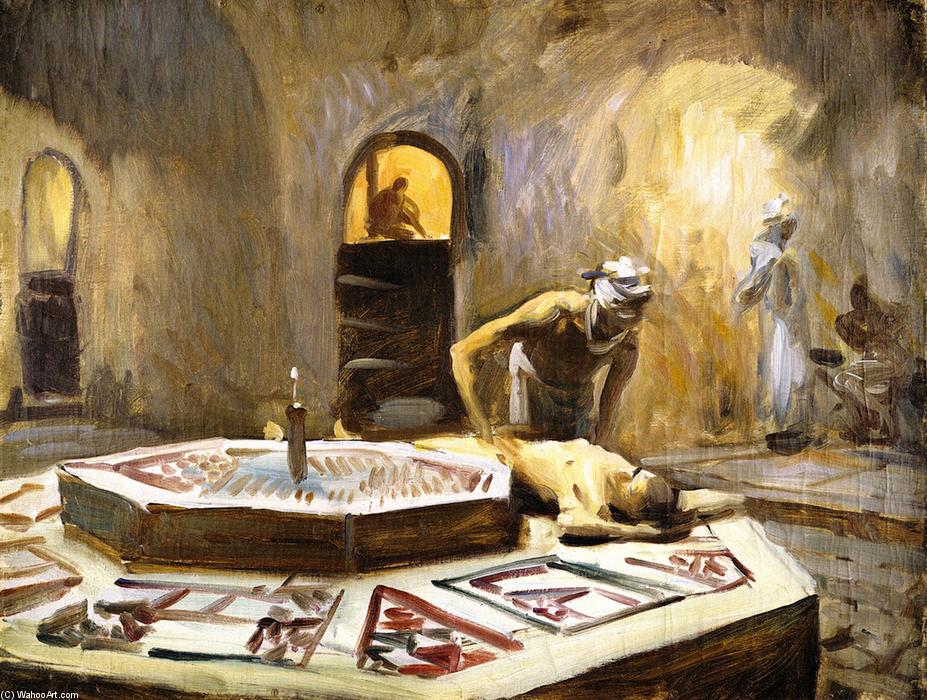
Steeped in history, this 300-year-old hammam in Bhopal is where you should go if you want to sweat away your troubles and experience a slice of history.
Hammam literally translates to ‘spreader of warmth’ in Arabic. These steam bathhouses originated in Central Asia, where people came together not just to bathe, but also to relax, socialize and, at times, take part in rituals. The Unani book Al-Qanoon by Ibn-e-Seena, written in 1000 BC, says that a proper hammam treatment can make a person feel as fresh as a new-born. The hammam or Turkish bath has had a long and colourful history since its arrival in India in the medieval era.
The Delhi Sultanate and Mughal Emperors made hammams an integral part of their residences, public buildings, and mosques. The royal hammams were meant not just for bathing but also for exercise, leisure and beauty treatments.
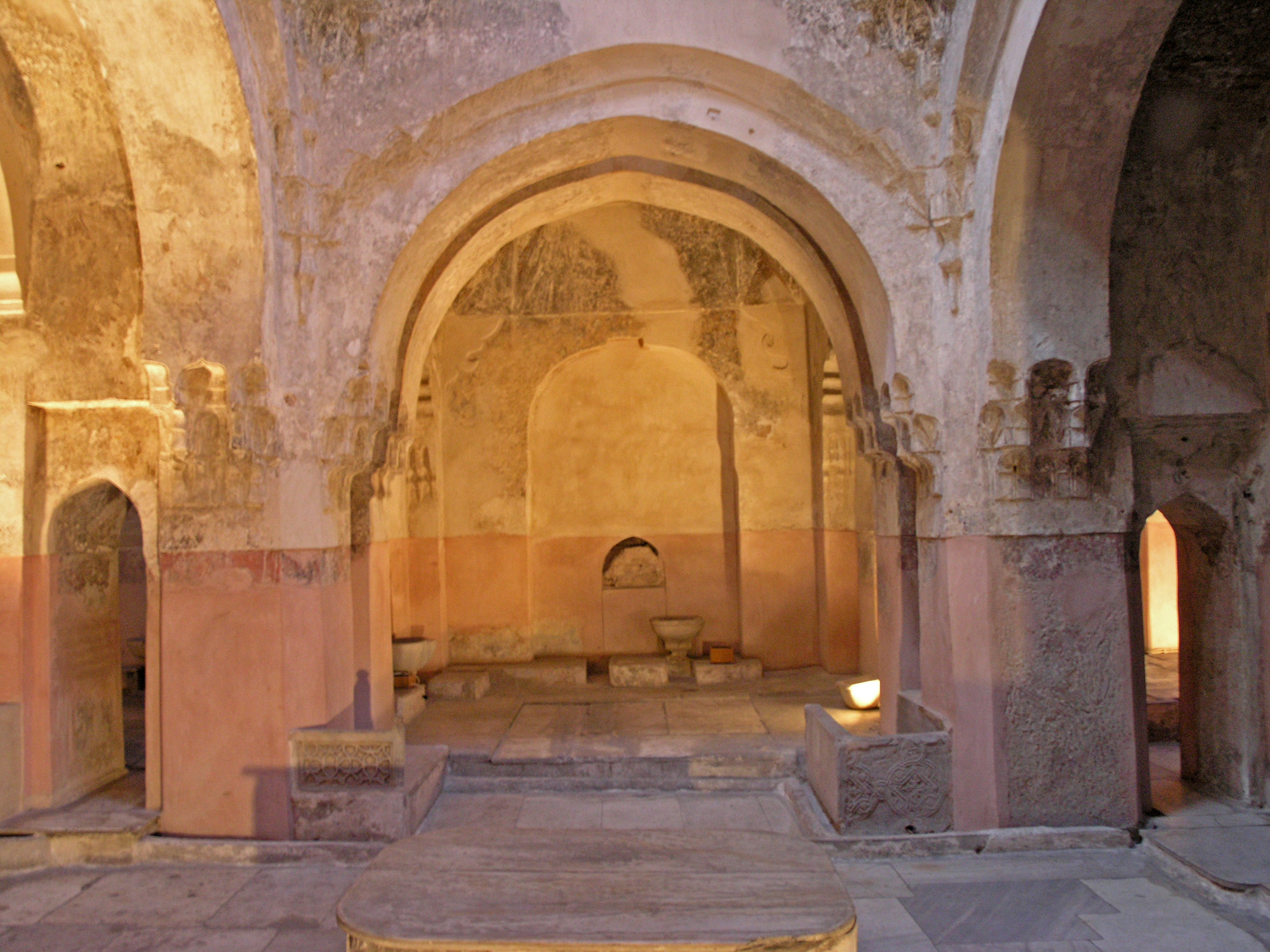
Photo Source
Bhopal has had a traditional Turkish public bathhouse called the Hammam-e-Kadami since the time of the nawabs. It was built in the style of the Cemberlitas Hammams of Istanbul. Constructed in the early 18th century by the Mughal mercenary turned nawab Dost Mohammad Khan, this is the only hammam that is still functioning in the entire Indian sub-continent. The hammam was eventually gifted to Hajjam Hammu Khalida, a trusted servant of the nawab and the ancestor of Hammam-e-Kadami’s present day masseuses.
Hidden in the bylanes of Bhopal’s Kamala Park area, this 300-year-old hammam can be easily identified by the dusty board outside the modest structure, which proclaims it to be India’s only functional 18th-century Turkish bath.

Photo Source
Like most hammams around the world, this hammam is also built close to a mosque so that locals can wash up before their daily prayers. Outside the hammam, a posse of masseuses with kohl-rimmed eyes wait for visitors. These traditional masseuses, trained for generations, can knead and pummel the limbs of visitors with a vigour rarely experienced at urban spas.
They use scrubs made from locally available spices and oils, according to recipes that have been followed by five generations of masseuses at the hammam.
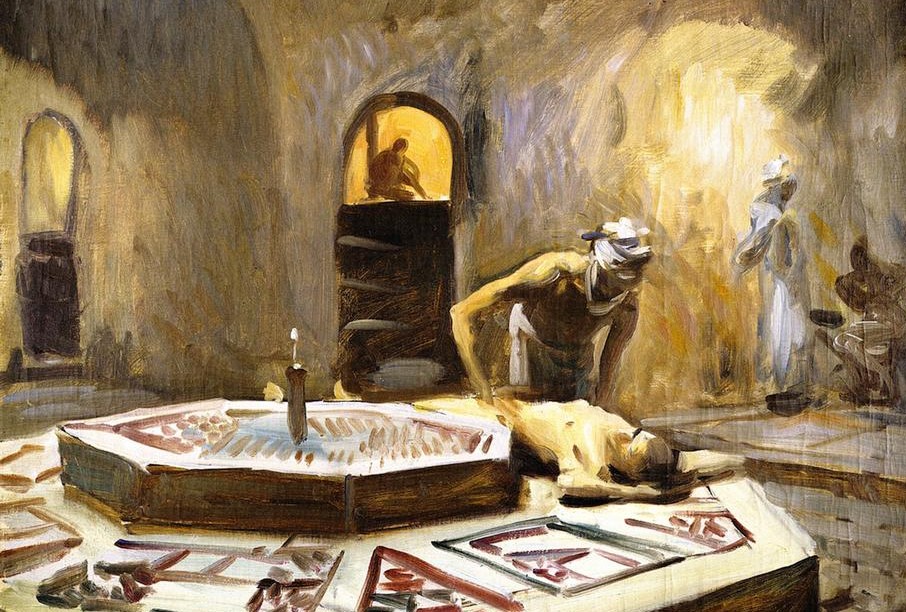
Photo Source
The public bathing area of Hammam-e-Kadami consists of many windowless chambers. The main steam room is a chamber in which thick, hand-hewn slabs of limestone are laid over a hollowed-out floor, with a small, circular glass aperture in the vaulted roof letting light into the chamber. The steam is generated by burning logs in the arched basement, which heats water in a large copper vessel. The steam is transferred through copper pipes embedded in the walls and is trapped inside the steam room using a series of doors and chambers. These chambers form stages of a gradual transition from the hot and humid 60 Celsius steam chamber to the relatively cool and dry rooms outside. From the rooftop, five openings called the naak and kaan (nose and ears) of the hammam can be seen. These openings maintain the ventilation within the building.
Steeped in history, the Hammam-e-Kadimi in Bhopal is popular amongst both men and women. To be steamed, scrubbed, rinsed and scented according to medieval rituals at the Hammam-e-Kadimi is like experiencing a little slice of history. And, as most visitors agree, this no-frills experience can be blissfully relaxing. The local women also swear by the hammam’s value-for-money beauty treatments, while the use of traditional ingredients in the massages is particularly beneficial for rheumatic and asthmatic patients.
Hammam-e-Kadimi opens every year after Diwali and stays open till the festival of Holi.
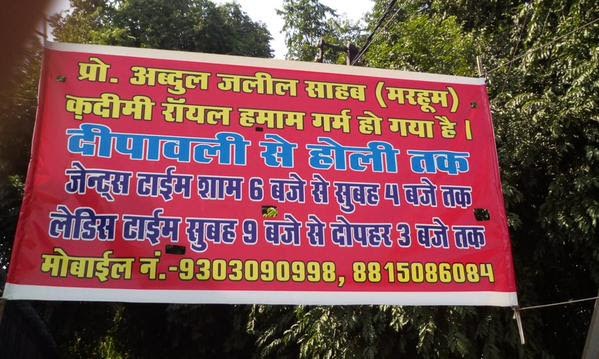
Photo Source
The Government of India is considering reviving the ancient tradition of public bath houses or hammams across the country in an effort to find alternative treatments for lifestyle diseases. A team from the Department of AYUSH ( Department of Ayurveda, Yoga and Naturopathy, Unani, Siddha and Homoeopathy), under the Health Ministry, is studying hammams in India (including the Hammam-e-Kadami) to create a blueprint of these public baths that can give the modern spas a run for their money. The Department also believes that preserving local health traditions, such as hammams, is important as they can play a significant role in promoting health tourism in India.
Like this story? Have something to share? Email: [email protected], or join us on Facebook and Twitter (@thebetterindia). To get positive news on WhatsApp, just send ‘Start’ to 090 2900 3600 via WhatsApp.
This story made me
- 97
- 121
- 89
- 167
Tell Us More
We bring stories straight from the heart of India, to inspire millions and create a wave of impact. Our positive movement is growing bigger everyday, and we would love for you to join it.
Please contribute whatever you can, every little penny helps our team in bringing you more stories that support dreams and spread hope.






